By Akira Tsuruta, 2025.01.13
Intro
When I began my new journey in Shanghai, I had no friends and wasn’t very familiar with Chinese food. At times, I felt a bit lonely and found it difficult to determine which brands were good or suitable for me when purchasing or ordering items like food or clothing, despite the kindness of many classmates. During the first week, I visited Uniqlo, one of the most familiar brands to me, located near the campus, to purchase some essential clothing. Sometimes, I visited the Gubei area, known as the Japanese town in Shanghai, to enjoy Japanese food. In spite of taking about an hour to get there from my dorm in Pudong, the experience was worth it, as the area captures the atmosphere of a Japanese small town. Whenever I visited a Japanese supermarket there, I often spent almost an hour browsing the snacks and beverages, soaking in the nostalgic feelings they evoked. This often led me to buy more items than I actually needed. Furthermore, even though I hadn’t often watched Japanese animation before, I’ve started enjoying it to immerse myself in Japanese-style conversations and cultural elements. Additionally, I’ve begun listening to Japanese pop songs, like those by Yoasobi, more frequently.

Figure 1. A building, where many Japanese restaurants are located, in Japantown
Even after getting accustomed to life in Shanghai, I still love visiting that area to discover new Japanese restaurants and explore cultural or nostalgic items like comic books and snacks I enjoyed in my childhood. Psychologically, I sometimes feel the need or desire to experience a taste of Japanese culture, particularly from the Japan’s western regions like Osaka and Kyoto, which is my hometown. As I’ve experienced, many people who are away from their home country or hometown share the same sentiment and seek out the “taste of home”. This presents a well-known business opportunity to target these individuals, especially in areas where they gather, often referred to as the “diaspora“. As more people move abroad in this era of globalization, targeting the diaspora has become a sensible marketing strategy for companies in their home country to expand into new markets.
This article explains the fundamentals of diaspora marketing, presents some successful case studies, and explores how businesses can evolve from targeting the diaspora to reaching local markets in new countries.
Diaspora Marketing
Diaspora marketing is a strategy that targets immigrant communities, such as those in areas known as Chinatown or Little India, who live outside their countries of origin. It emphasizes and delivers value by addressing both tangible and intangible gaps, such as cultural differences, between the host country and the home country. Nostalgia products, in particular, can effectively leverage this approach. For example, Gubei, known as the Japanese town in Shanghai, hosts many Japanese noodle (“ramen”) shops. This area is considered the least risky place for Japanese companies, particularly Japanese SMEs, to launch such stores since Japanese consumers often visit or even live. They frequently enjoy ramen and are always on the lookout for new ramen shops, just like me. On a small scale, diaspora marketing appears to be an excellent strategy for generating a profit quickly. However, when expanding businesses into local markets by targeting local consumers outside of diaspora communities, not all types of immigrants are ideal customers for home-country brands. Here’s the customer segmentation matrix suggested by Nirmalya Kumarand Jan-Benedict E.M. Steenkamp in Harvard Business Review.
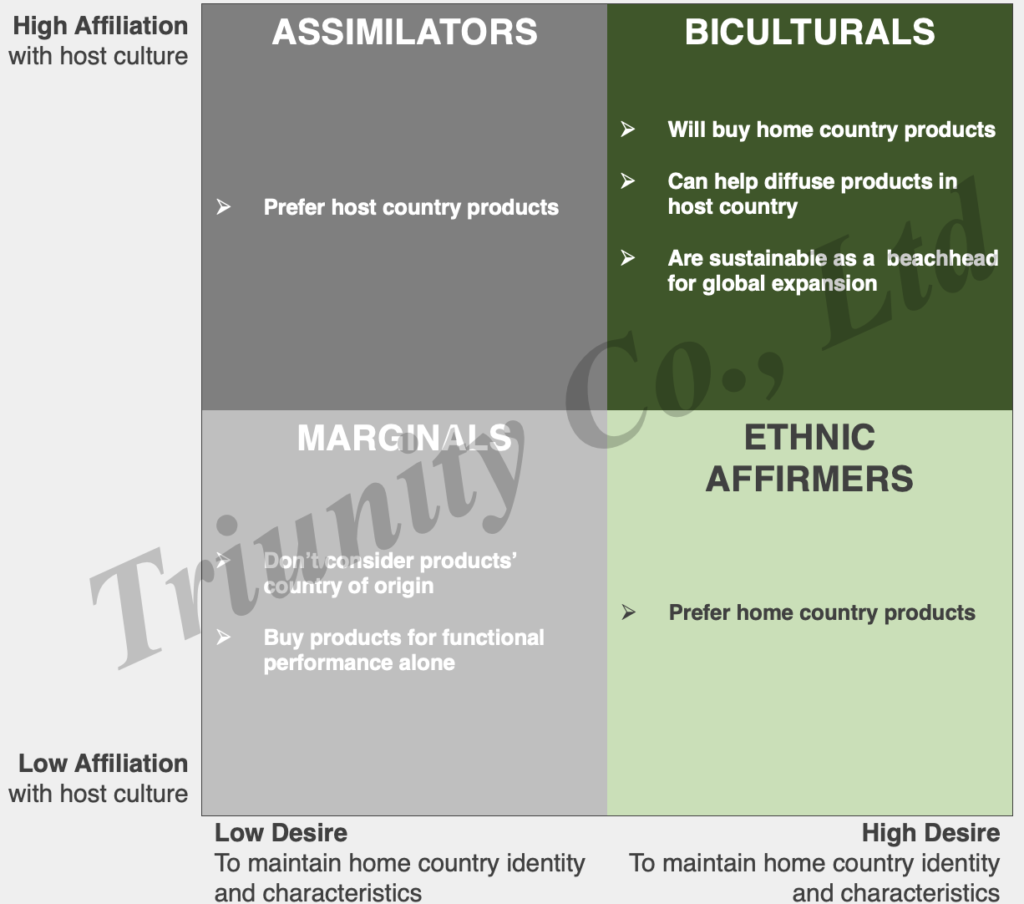
Figure 2. Target Customer Segment in Diaspora Market
Reference: Harvard Business Review. Diaspora Marketing
In short, companies should focus on targeting Biculturals and Ethnic Affirmers. In particular, Biculturals can play a crucial role in bridging the gap between the diaspora market and the home country market. Biculturals, who are open to both their birth home’s and host country’s cultures and brands, often introduce home country brands to their local or other foreign friends. (I feel I belong to this segment.) This can generate word-of-mouth buzz in local markets, helping home country brands increase their awareness and popularity in new markets.
Many product or service categories can leverage diaspora marketing. Particularly, food and beverages, fashion, cosmetics, education services, medical services, and entertainment services such as movie streaming are considered suitable product categories. Moreover, this approach is particularly effective for products from developing countries, which are often perceived as lower quality without valid reasons by local consumers, in gaining entry into developed country markets.
Jollibee
When discussing diaspora marketing, it is essential to mention Jollibee, the most popular fast-food chain in the Philippines, famous for its Chicken Joy and Jolly Spaghetti made with banana ketchup. Outside the Philippines, accessing Filipino cuisine can be difficult due to geographical limitations or cultural and racial barriers. By offering authentic Filipino flavors, celebrating Filipino culture, and evoking nostalgia and a sense of unity, the brand has successfully forged a deep emotional connection with its customers within Filipino communities worldwide. In addition to the Philippines, Jollibee has several stores in countries with large Filipino diasporas, such as Vietnam, the United States, Canada, the UAE, and Singapore.
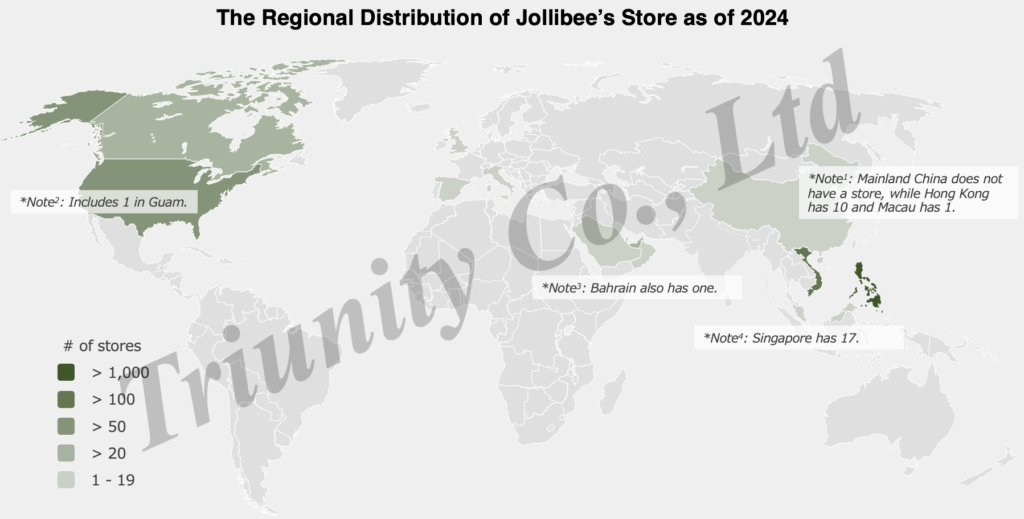
Figure 3. Jollibee’s Store Regional Distribution as of 2024
Source: World Population Review
Jollibee offers its signature dishes by blending American fast-food styles with Filipino flavors, creating a unique taste that other chains don’t offer. For many homesick Filipinos living abroad, it provides a comforting taste of home. For instance, Jollibee’s chicken, seasoned with their special spices and served with gravy, along with their distinctive spaghetti made softer and sweeter with banana ketchup, and their completely similar interior of the store, a replica of what customers find at a Jollibee in the Philippines can evoke a sense of nostalgia.

Figure 4. Jollibee’s Chicken with Gravy and Spaghetti
Jollibee has emerged as an important symbol of the Filipino diaspora, providing a comforting presence amidst unfamiliar surroundings. The 2nd– or 3rd generations, who are born in a host country, are brought to Jollibee by their parents to know and enjoy their parents’ home country taste and cultures and can be next royal customers of Jollibee.

Figure 5. The majority of customers in a store in Hong Kong are Filipinos working in Hong Kong
Source: Filipinos in Hong Kong pictured at a Jollibee outlet in 2018. Photo: SCMP/Cheryl Arcibal
Touching upon with Chinese Diasporas
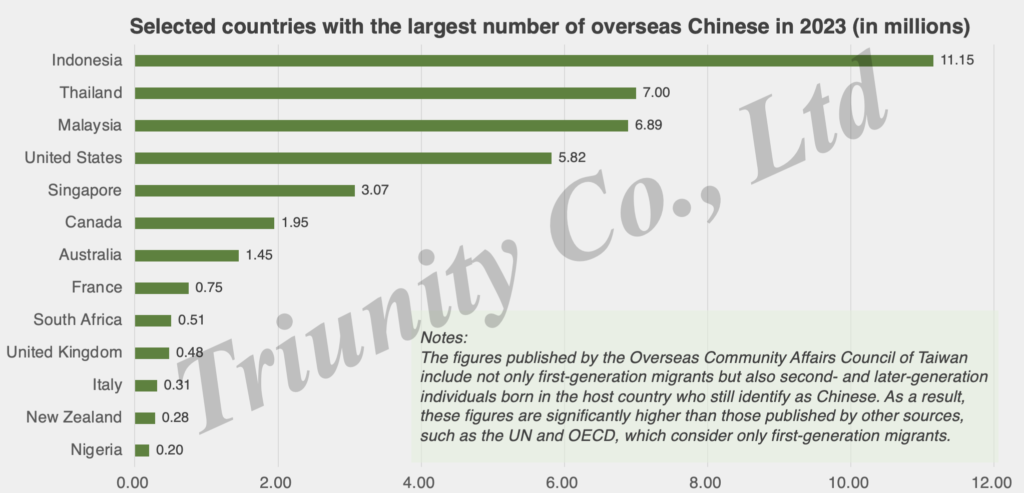
Figure 6. Selected countries with the largest number of overseas Chinese including their descents in 2023
Source: statistia
Given Chinatown spreading around the world, Chinese brands can take advantage of diaspora marketing methods so as to expand their businesses into new markets. There are roughly 10.5 million people born in mainland China who currently live abroad, making this diaspora one of the largest in the world, surpassed only by the Indian, Russian, and Mexican diasporas. In addition, when considering people of Chinese descent living outside China, the number rises to approximately 60 million, which exceeds the population of countries like Argentina. Some examples are as follows. The essence of diaspora marketing can be found in various aspects, including product, place, and promotion.
- Alipay (支付宝): In May 2017, Alipay officially launched its services in the United States, announcing that its initial focus would be on promoting the service at locations heavily visited by Chinese tourists, such as New York’s Fifth Avenue, major airports, outlet malls, airport duty-free shops, department stores, and similar venues and the second focus would be amusement parks, restaurants, supermarkets, bookstores, and other consumption places such as snack bars, so as to allow local Chinese students to use Alipay. Moreover, Alipay has initiated several marketing campaigns aimed at reaching expatriates living abroad. For instance, during the Dragon Boat Festival, events involving the distribution of rice dumplings with Alipay are organized in communities with large overseas Chinese populations. (During the Dragon Boat Festival, domestic people have rice dumplings, but overseas Chinese suffer from not having it or its higher costs.)
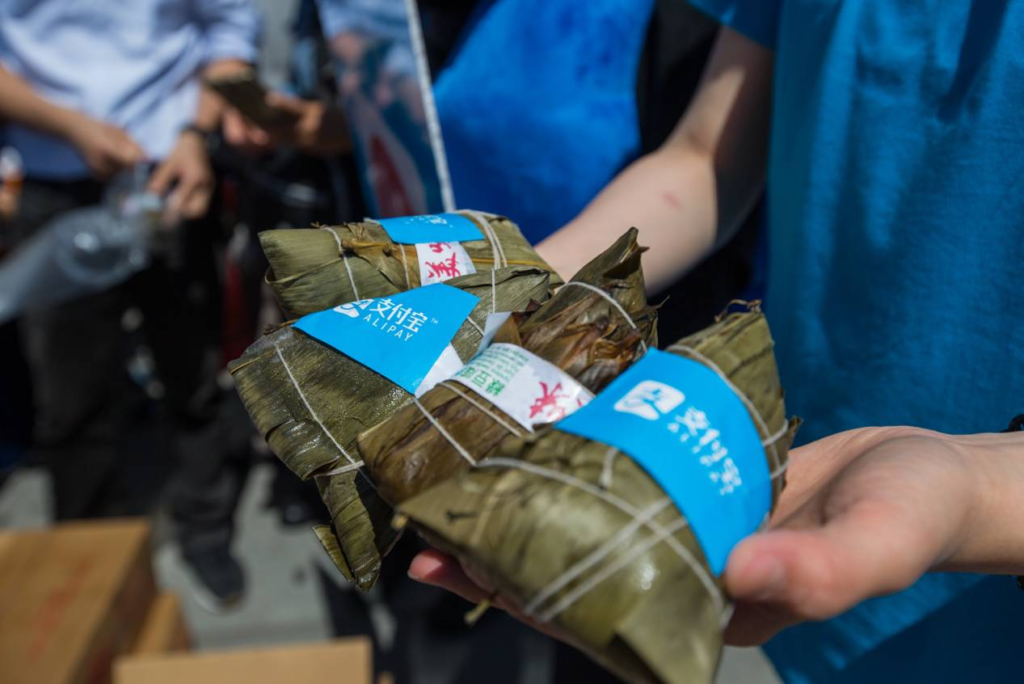
Figure 7. Image of Alipay’s rice dumpling promotion
- Hey Tea (喜茶): In August 2023, Hey Tea launched their first store outside of Asia in London’s Chinatown to enter the European market. The store was strategically located beside the Bank of China, surrounded by a lively assortment of Chinese dining venues, and staffed with several shop assistants who are proficient in both Chinese and English. Since its opening in August, the store has achieved impressive sales figures and has a maximum single-day sale of 2,000 cups, an average daily sale of over 1,300 cups, and has peaked at over 12,000 pounds in its sales on its busiest day. Then, in October, Hey Tea opened its first stores in two new countries: Melbourne, Australia, and Burnaby, Canada. The Hey Tea Melbourne location is situated on Swanston Street, a pedestrian street in the heart of Melbourne’s central business district. It is conveniently located near Chinatown, among other landmarks.
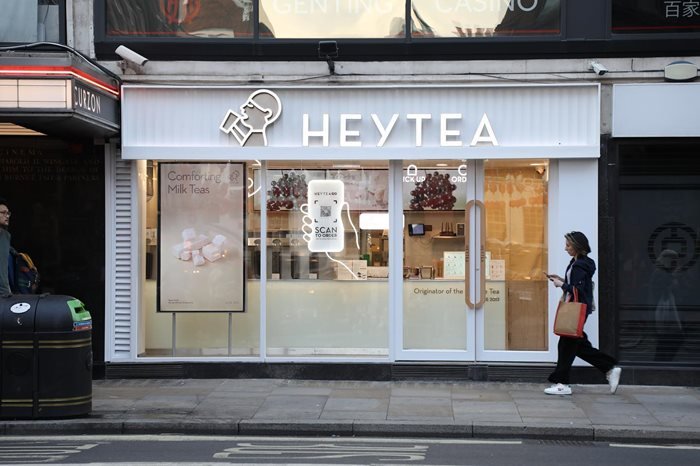
Figure 8. Hey Tea’s first UK location is situated in London’s Chinatown
- White Rabbit (大白兔): White Rabbit is a brand of China’s first milk candy that is renowned for its iconic red, white, and blue packaging and is beloved by children throughout China. In China, the candy has become an integral aspect of their national identity. As Chinese people emigrated across the world, they brought their love for the white, creamy candy with them. Today, White Rabbit candy is being distributed to over 40 countries, with distributors located in the United States, Singapore, and parts of Europe, offering the Chinese nostalgic taste to local consumers and diasporas. In 2022, it also unexpectedly showed the power of diaspora marketing. Wanderlust Creamery by Adrienne Borlongan, who is an ice cream maker, in Los Angeles, experimentally added a White Rabbit flavor to the rotating lineup at the store. Initially, customers did not pay attention to that but once Borlongan posted a photo of an ice cream cone wrapped in White Rabbit-branded paper, the news quickly spread on social media. Soon after Borlongan posted the photo, expatriate Chinese from all over California were driving to Wanderlust. Since then, White Rabbit has become a staple in Wanderlust’s ice cream lineup and is frequently sold out in their online shop.
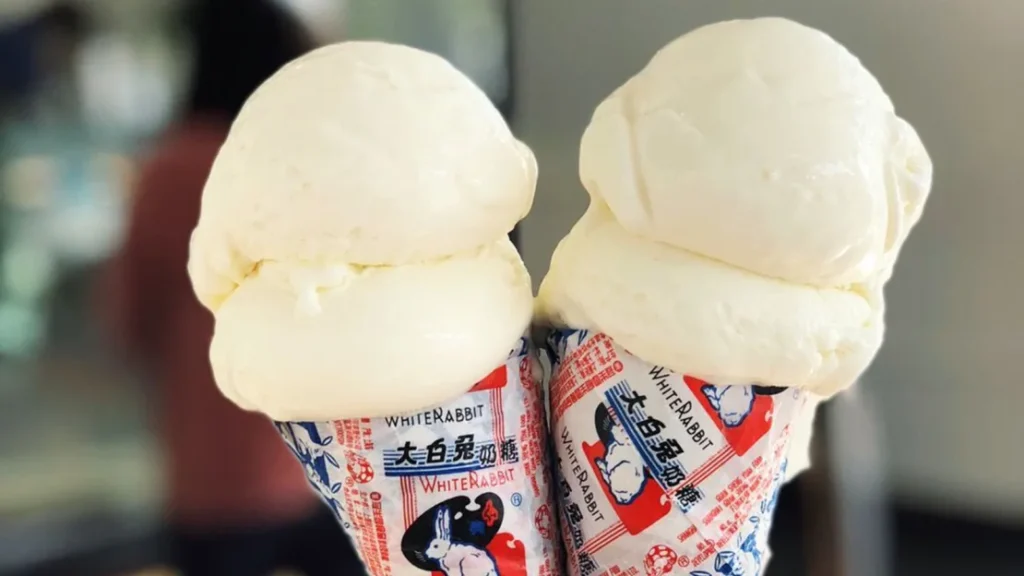
Figure 9. Two cones of White Rabbit from Wanderlust Creamery From CNN Travel
Expansion from diaspora to local mass consumers
As Robert Brozin, the co-founder of Nando’s—the fast-growing South African casual dining chain that operates in 26 countries—explains, they cannot rely solely on the South African diaspora to sustain their business and need to expand their reach to local consumers so that we needed to have mainstream products, for businesses of a certain scale, the market size of the diaspora is insufficient, making it necessary to target local customers. When leveraging the diaspora as a bridge to enter the local market, the following key factors should be considered.
1.Localized options…While preserving the original or nostalgic values of their products or services, they should be adapted to align with local cultures and demands. For example, in some Japanese noodle restaurants (ramen restaurants) in Shanghai, customers can choose from the original taste, a less salty taste, or a less oily taste. This is because many local Chinese customers find Japanese ramen to be salty or even oily at times. The stores tailor flavors to suit local customers while preserving the original flavors for Japanese expatriates. It’s crucial that they don’t alter the original flavor, but instead, offer additional options, as Japanese customers prefer the authentic taste. In other words, localization can sometimes dilute the original value.
2.Targeting Bicultural at an initial phase…As mentioned above, among diaspora consumers, bicultural individuals represent an ideal target for introducing home-country brands to host-country markets. They are reportedly better educated (potentially familiar with local language), possess a higher socioeconomic status, and are more engaged in local social networks. (*It just means this customer segment may be suitable for market expansion, but does not mean this customer is excellent than others.)They are willing to introduce them to local friends, potentially leading to word of mouth about them in local communities. International MBA students from home country can be excellent candidates when brands are positioned relatively high in local markets. In my campus life, I was frequently asked to recommend Japanese food, apparel, and cosmetic brands. When I knew the products were available in local markets, I would either take them directly to the stores or direct people to the product page on e-commerce platforms like Tmall. One good opportunity is that nearly all Japanese MBA students host Japan Night party annually for their classmates to introduce and share Japanese culture. If a Japanese sake brand sponsors this event and offers their products, they can increase brand awareness among future MBA graduates, who are likely to have higher incomes in both local and international markets. Other international students should have similar opportunities, so foreign brands, especially those in the alcohol industry, should take advantage of this.
3.Market nostalgic value (original value) as a new type of value…Although it does not always succeed, home-country brands, particularly their marketers, should consider that nostalgic values for consumers in their home country can present new values or experiences for local consumers. Haidilao in Japan seems to be able to attract more Japanese consumers, although it has been successful at a certain degree in appealing to Chinese expatriates and tourists. One possible bottleneck is that Chinese hot pot is often too spicy for Japanese consumers, suggesting a need to slightly modify the flavors. However, my proposal does not involve localization. In discussing Chinese hot pot with my Japanese friends, we developed a hypothesis that Japanese people enjoy the DIY aspect of making their own sauces for hot pot. This is quite common and even nostalgic for Chinese consumers in Japan, but it is entertaining for local Japanese consumers, as they don’t have as much of a DIY sauce culture with various types of ingredients. Each hot pot brand firstly can emphasize these aspects in detail. For example, on social media platforms such as Instagram or Lemon8, they should highlight the diverse combinations of ingredients and the extensive selection offered by the store. By inviting local key opinion leaders (KOLs) like Youtubers, they can create videos demonstrating how to craft a great one and introduce a variety of styles. Currently, Haidilao’s Japan’s Instagram post asks about the original sources or methods used by customers. I love this idea and consider it should work but it can be too advanced questions for local consumers, as many of them have never experienced Chinese hotpot. Most of them who can reply to this question should have experienced Chinese life before. In that regard, they may initially focus on this customer segment, which is also a key factor mentioned in the following part.
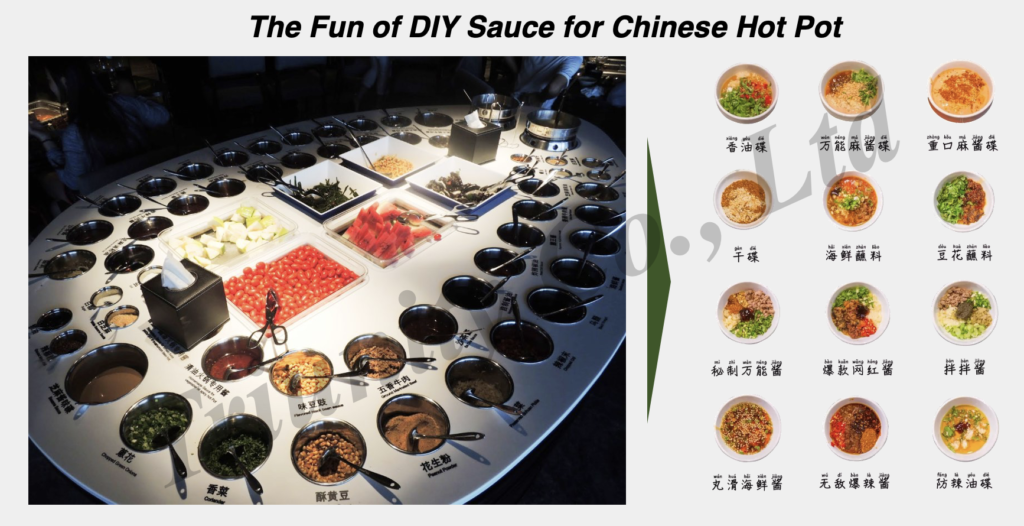
Figure 10. The fun of DIY sauce for Chinese hot pot for Japanese customers
4.Reverse Diaspora Effect…When people visit or vacation in a new place, they often indulge in local products and brands. If they enjoy the experience, they may try to recreate it once they’re back home like Thai food, which is called “Reverse Diaspora Effect”. During the 1980s, Corona beer successfully boosted its sales by targeting U.S. students returning from spring break trips to Mexico. Most international students and expatriates, who are sent overseas by their home companies, typically spend 1-5 years abroad before returning to their home country. This transient community can form a “semi-diaspora.” Brands should focus on building relationships with them while they are overseas and continue to engage with them once they return home. They should establish a presence on various social media platforms such as WeChat, WhatsApp, Line, TikTok, and Instagram, and inform their audience about these accounts to maintain and strengthen their relationships. In my opinion, “Grilled Lamb Kebabs (烤羊肉串)” have captured the hearts of Japanese expatriates in Shanghai, making them likely to enjoy the Reverse Diaspora Effect in Japan. Also, In-N-Out Burger has become a craze among Japanese individuals in Los Angeles, suggesting it could experience the same effect in Japan. In fact, their pop-up store in Ebisu, Tokyo was a success, and many customers hope they will open a permanent location in the city.
Last, but not least…
Originally, diaspora marketing was primarily considered a strategy for brands from developing countries to enter markets in developed countries. It is a cost-effective strategy for them to gain market share in new markets, where their products are sometimes unfairly perceived as being of poor quality, often without substantial justification. However, today when more people travel, study, and work abroad, this marketing method can be applied to various types of products and brands even from developed countries. Small business owners, in particular, can take advantage of this and explore international opportunities more efficiently and effectively. Targeting consumers in the diaspora may not be difficult, but scaling their business in the local market can be challenging. When expanding their business, they need to understand local market culture and preferences well, so the consulting firm who have multinational or multicultural aspects can help their business to enter local markets by advising them. Should you encounter this issue, please don’t hesitate to contact us.
References
#1. Harvard Business Review. Nirmalya Kumar and Jan-Benedict E.M. Steenkamp. 2013.10. Diaspora Marketing.
#2. Cloudfindr. Raj Kishore. How Jollibee’s Marketing Strategy Captivates Customers and Drives Growth.
#3. World Population Review. Jollibee by Country 2024.
#4. The World. Aurora Almendral. 2013.08.15. Jollibee: A Taste of Home for Filipinos.
#5. Jollibee’s homepage.
#6. South China Morning Post. Raissa Roblesin. 2021.06.13. Has the Filipino diaspora fuelled Jollibee’s international growth?
#7. University of Bologna. Savannah Lagmay Williams. 2023.04. The Power of Jollibee for Filipino Diasporic Communities Anthropology of Migration Exam.
#8. Statistia.2024.09. Selected countries with the largest number of overseas Chinese 2023
#9. WARC.2024.08.20. Chinese brands going global can tap the diaspora.
#10. China Daily.2014.09.15. Chinese diaspora can help e-commerce giant take on Amazon
#11. Isentia.2017.06.26. Isentia营销观察| 中国品牌进军国际市场: Diaspora Marketing侨民营销
#12. 搜狐.com. 2017.05.29. 端午节治愈留学生的“中国胃”!不是老干妈居然是支付宝!
#13. World Coffee Portal. 2023.08.08. China’s Heytea enters European market with UK store.
#14. DAO Insights. Sofia Sayers. 2023.08.07. Hey Tea debuts first store outside of Asia in London’s Chinatown.
#15. 消费钛度. 胡晓钰. 2023.10.20.新茶饮出海的“喜茶”逻辑.
#16. BOKKSU MARKET. Theo Ponthieux.2024.01.25. White Rabbit Candy: A Sweet Journey Through Time and Taste
#17. CNN Travel. Lilit Marcus and Maggie Hiufu Wong. 2022.03.15. How Shanghai’s White Rabbit candy became a globally beloved brand
#18. 36Kr Japan.2023.4.8. 苦戦の大手火鍋チェーン「海底撈」、22年は減収も黒字転換
#19. 搜狐.com.2019.10.24. 涮啥啥香的万能火锅蘸料,满满干货,不看你就亏了!
#20. 北美省钱快报.2019.01.06. 终极火锅酱料配方!以后吃火锅不用犯愁,收藏起来都要尝一尝
#21. シブヤ経済新聞.2023.06.07. 米人気バーガーチェーン「In-N-Out」、恵比寿に一日限定店 長蛇の列も.



Leave a Reply